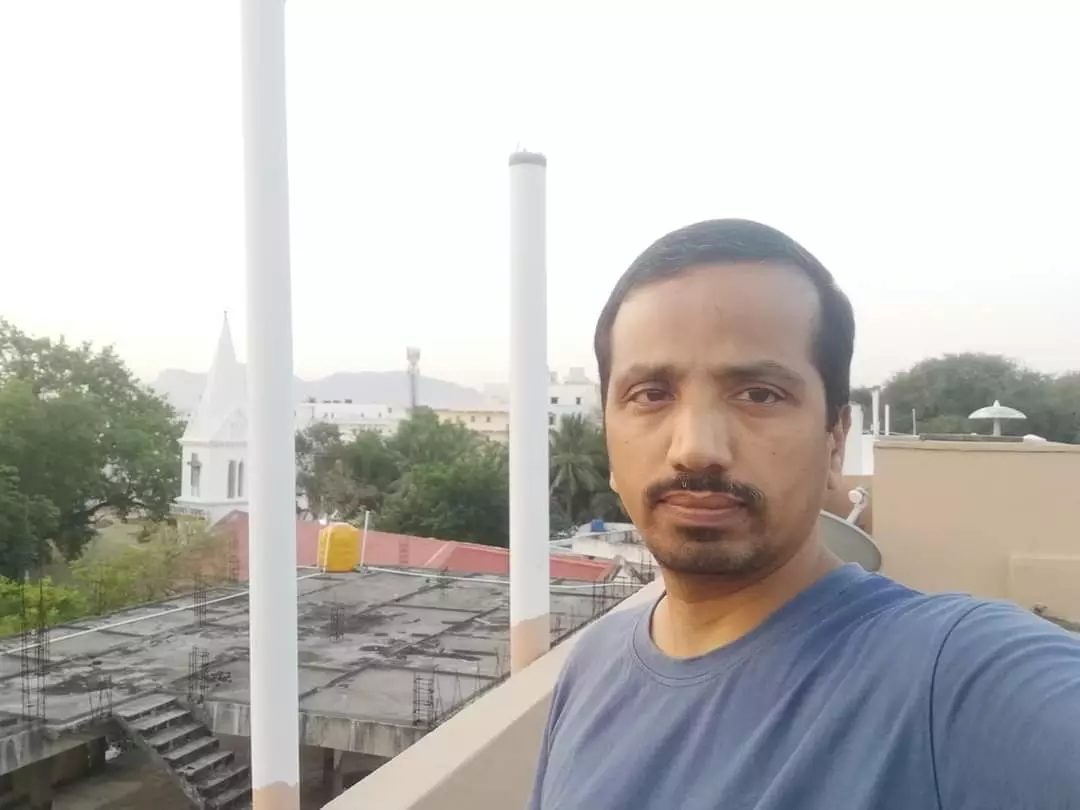Telangana Declared 100% Open Defecation Free, 73 Years After Independence

Hyderabad: Piggy-backing on the previous schemes launched to ensure open defecation free (ODF) status Telangana has made rapid strides to achieve near 100 percent success. The achievement from a low coverage is laudable, cites a study done by the CESS (Centre For Economic and Social Studies) on Status of IHHL under the SBM (Swachh Bharat Mission) in Telangana State.
Though article 21 of the Indian constitution stated that access to water, sanitation, and hygiene (WASH) had stated it as a human right it remained a mirage. Mirroring the situation, the World Bank stated that sanitation in India was one of the millennium development goals (MDGs) that was most out of sync with the rest of the world, despite significant progress.
The sanitation programmes have been implemented since the first five year plan but by the 1981 census only one percent had access. The governments’ over the years launched programmes like total sanitation programme in 1999, Nirmal Gram Puraskar, 2003 and Nirmal Bharat Abhiyan (NBA), 2012. According to an NSSO study, the NBA programme raised IHHL coverage from 33% to 41% in 2011.
As per the 2011 census, 52.5 percent of households have access to individual household latrines (IHHL), while the remaining 47.5 percent were using community latrines, sharing neighbour’s toilets, or practising open defecation. The majority of IHHL coverage (90 percent) was in urban areas and the rate (81%) was higher than the country average for India. The remaining 10 percent of households used open spaces for defecation (12.6%) but the rate was lower than the country average (Census Report 2011). But while coming to rural Telangana 39,71,924 didn’t have them as per SBM data. They were covered between 2014-15 and 2019-20.
Year wise IHHL coverage in Telangana (During SBM to ODF)
| Year | BLS HH (Base line survey households) | IHHL having HH | Constructed IHHL | Percentage |
| 2014-15 | 39,71,924 | 1,139,709 | 125,165 | 26.6 |
| 2015-16 |
| 1,369,821 | 230,112 | 34.6 |
| 2016-17 |
| 1,867,702 | 497,881 | 47.0 |
| 2017-18 |
| 3,366,390 | 1,498,688 | 84.9 |
| 2018-19 |
| 3,815,103 | 448,713 | 96.2 |
| 2019-20 |
| 3,971,924 | 156,821 | 100.0 |
Source: Ministry of Jal Shakti, Govt of India reports.
According to Dr Parupally Anjaneyulu, Senior Research Associate, the drivers for the success of the SBM or IHHL coverage are: information, education and communication, nirmal gram puraskar though was not effective it inspired and motivated to achieve 100 percent coverage under Swachh Bharat Mission in Telangana, push by the district administration, organizations like UNICEF, DRDO, self help groups, helped build IHHLs, proper funding of approximately USD 20 billion, was allocated to India’s rural sanitation programme, public participation, behavioural change, running water supply.
Commenting on the study Prof. C.H. Balaramulu, currently visiting faculty at the Centre For Economic and Social Studies, Hyderabad says, “What is important is to strengthen the Gram Panchayat Public Health and Sanitation Standing Committee- in terms of powers, funds, functionalities. In fact as per the PRI Act, 2018 GP/ Government should constitute the above committee; in practice it is confined to the provision of the Act. In the case of urban areas, the unregulated growth of the cities and poor supervision of the authorities concerned are the main causes behind the poor implementation of Swachh Bharat Program or any other program of water and sanitation schemes of the government.”
India has reached 100 percent IHHL coverage, according to central and state government reports. However, numerous studies on the progress of SBM while highlighting remarkable achievements also draw attention to gaps in certain locations and communities.
A NFHS-5 report, based on 2019–20 data, also revealed that about one-fourth of the households in the state do not have individual toilets. While the progress in access to toilets has covered 76.2% of state households, those without IHHLs constitute 17.2 percent in urban areas and 27.1 percent in rural areas.

